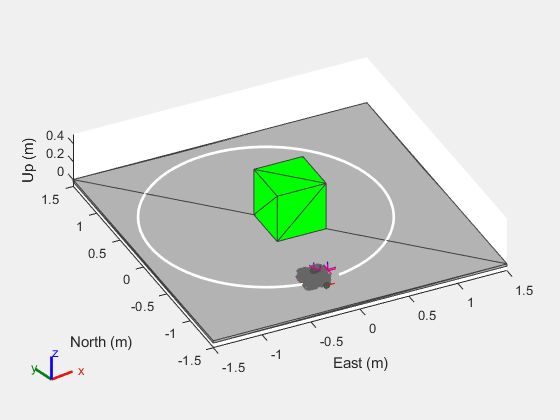read
Description
[
gathers the simulated sensor output sensor readings from the latest update of the robot
platform associated with the specified sensor isUpdated,t,sensorReadings] = read(sensor)sensor. The function
returns an indicator isUpdated of whether the reading was updated at
the simulation step in the scenario with timestamp t.
Examples
Input Arguments
Output Arguments
Version History
Introduced in R2022a
